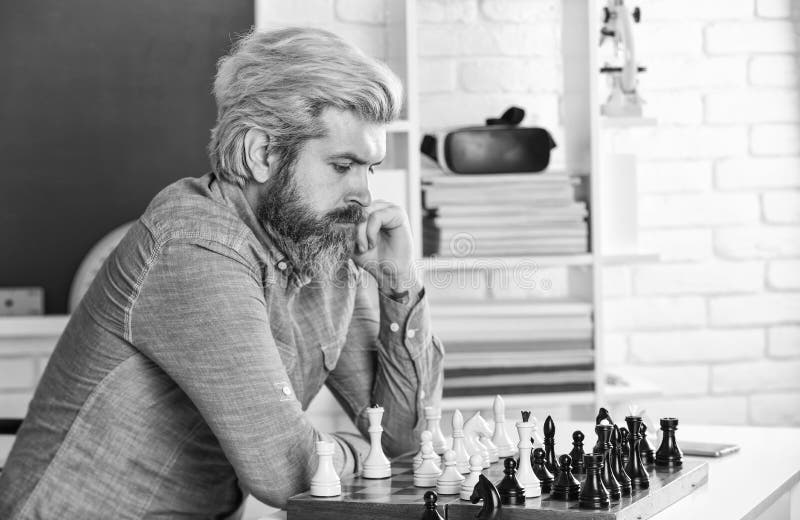

Instead of moving to the empty square right in front of it, it moves to an empty square two ranks ahead of it in the same file. The pawn's double move is an extension of its normal non-capturing move. When a pawn moves two squares on its first move, this must be done withoutĬapturing. Questions on Pawn Capture Can a pawn move two squares on its first turn and also capture that turn? In the diagram above, the white pawn on c2 cannot move as it is blocked by the knight on c3. So, the pawn may not jump over the knight. The pawn may move two spaces only if the first space is empty. Must the knight be moved before the pawn is allowed to Such as the knight, may the pawn jump the knight or Move 2 spaces: if there is a piece in front of the pawn, Each individual pawn can be moved 1 or 2 spaces.įor example, last week, on the chess club, the game I played started withĬan the pawn jump a piece when it moves two squares on its first turn? On the first move of a pawn, where it is allowed to

#Next step chess how to
The reminder with hints how to proceed with the mixed tests can be downloadedĪt the beginning come the exercises with the familiar items from Step 2 and some from Step 1 on a higher level: In the extra workbook there are 55 pages with exercises, which means as many as 55x12=648-20 (drawings) = 628 positions. That is why there is a smaller number of lessons than in the other Steps. The characteristic features of children's playįor the students, almost everything is new in the second Step.
#Next step chess manual
The 'second Step' consists of a manual and 5 workbooks.ĭownload excerpts of each book: Samples Manual for chess trainers Step 2 This introduction is made in the second Step, but at the beginning it is better to point out the positional elements when analysing the children's games. The problem is that to introduce even the most simple positional concepts is aiming too high. Positional play is still less important at this level than tactics. At this level, all games are decided by tactics, so it is logical to pay a lot of attention to this matter. The tactical possibilities seen by advanced chess players originate from good positional play in the case of the students of Step 2 they come out of thin air.

We are going to teach attacking techniques and how to win material cleverly. After the rules of the game and the basic skills from the previous Step, the first principles of tactics and positional play are on the program now. The 'real' work begins in the second Step.


 0 kommentar(er)
0 kommentar(er)
